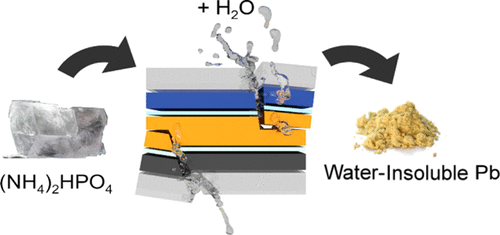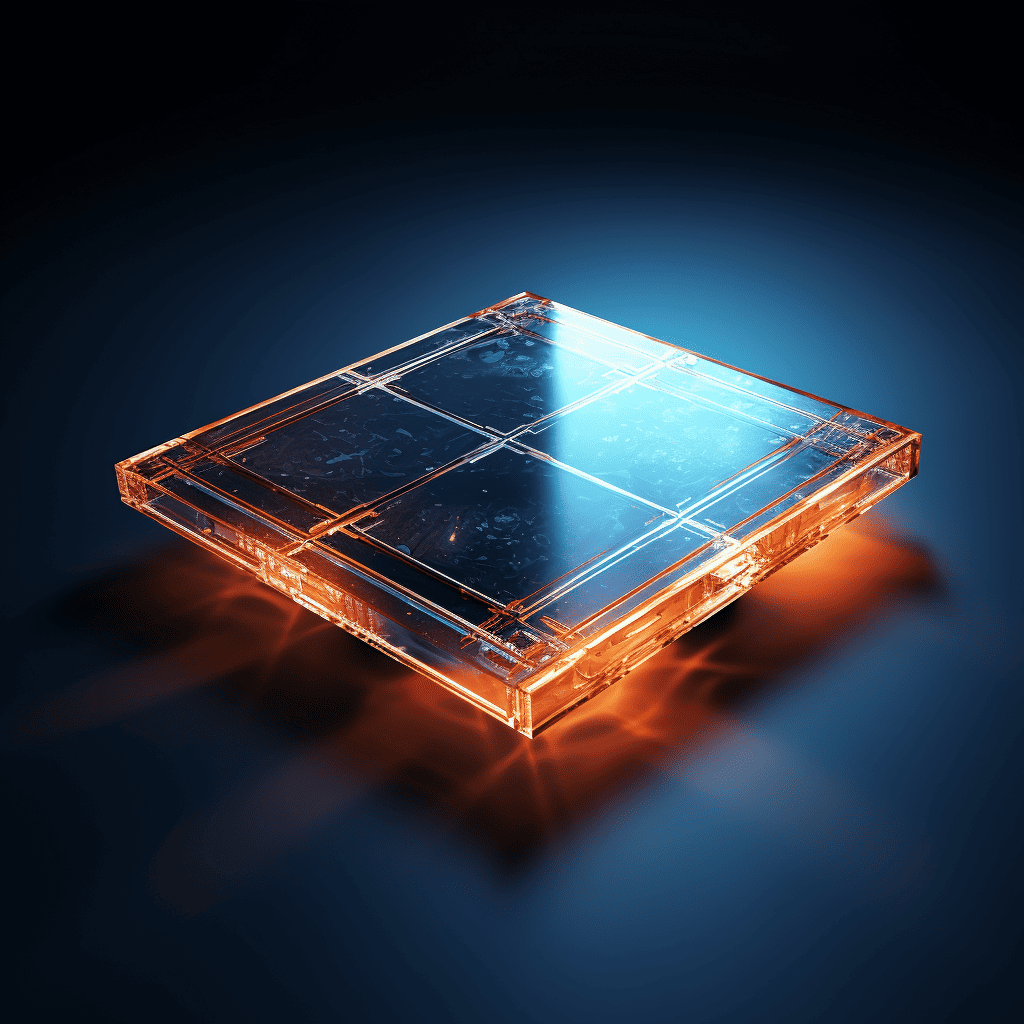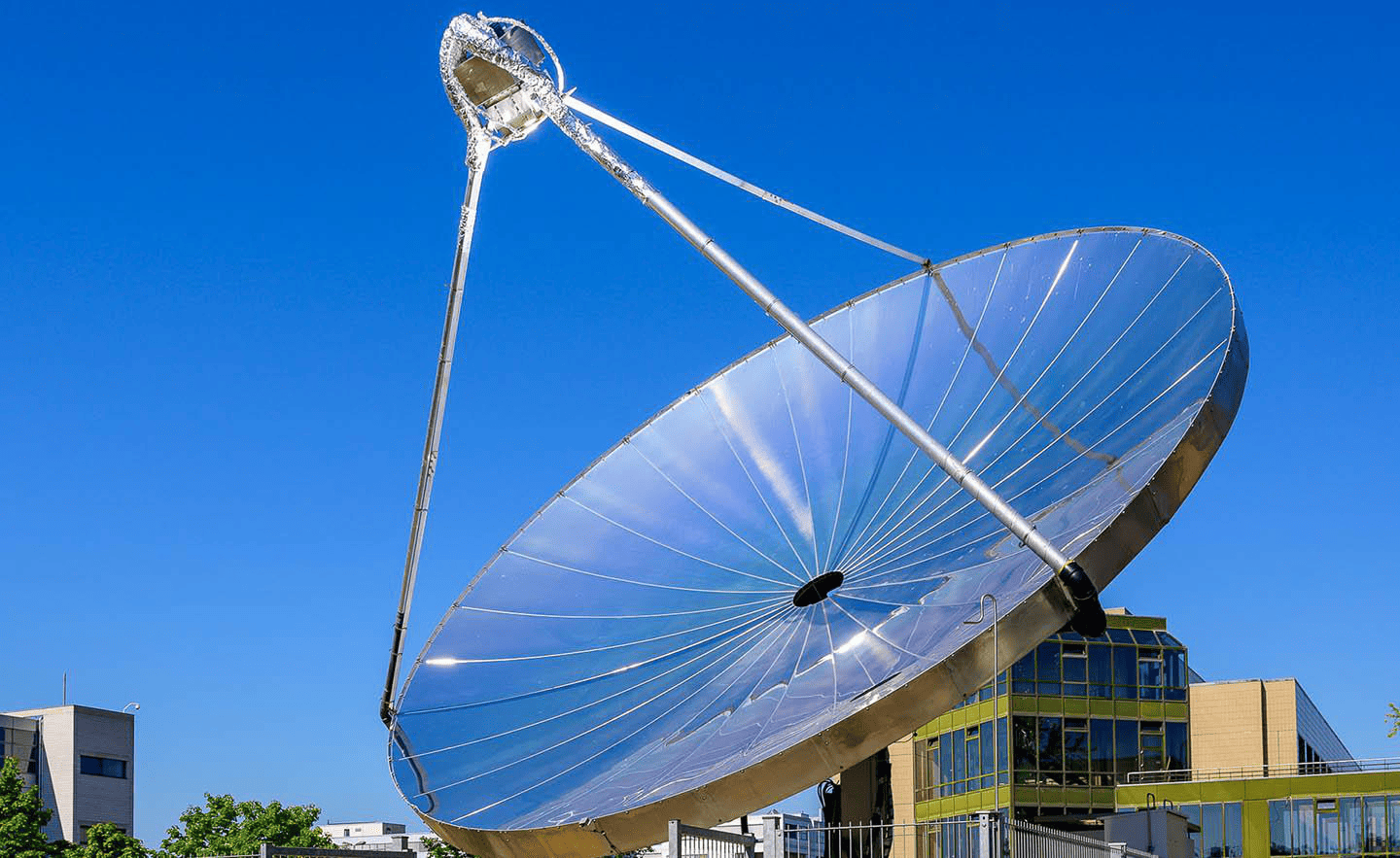
Perovskite solar cells have a number of advantages over silicon solar cells. It is a cheaper raw material, less of it is needed, and the semiconductors are super-thin and flexible. And theoretically, it is possible to convert a much larger portion of sunlight into electricity.
Also read about this in our article last Sunday Solar cells on a roll, and last week Solliance reaches new records in efficiency in flexible solar cells.
But there are also downsides to perovskite. For a long time, the main problem was the stability of the material. Yet fortunately over the past few years science has been getting a better handle on that. One other problem is the hazard of lead being released if the solar cells (semiconductors) are damaged.
Switzerland’s École Polytechnique Fédérale de Lausanne (EPFL) says it has now found a solution for this.
Damaged panels
The most commonly used perovskite semiconductors are made up of the compound methylammonium lead halides (CH3NH3PbX3). The lead from that compound is soluble in water and consequently penetrates soil very easily when it comes into contact with e.g. rain.
“The conversion rate of solar energy into electricity is incredibly high with perovskite solar cells. However, their central element is lead. This is a poison that ends up in the soil when it comes into contact with water if a solar panel is damaged,” EPFL professor László Forró explains.
Obviously, that is not the intention. The lead must be captured in some way before it ends up in the soil. Moreover, it must be possible to reuse it in order for the perovskite solar cells to become a commercial success.
EPFL’s solution involves the use of transparent phosphate salt. This does not block sunlight or affect the performance of solar cells.
Lead ions
“We discovered a few years ago that transparent phosphate salt crystals, such as those used in fertilizers, can be added to perovskite in, for example, photodetectors, LEDs and solar cells,” says Endre Horváth from EPFL.
If the solar panel is damaged in some way, the phosphate salt immediately reacts with the lead to form a compound that cannot dissolve in water and can consequently be easily collected.
According to Forró, this could be a breakthrough because it would enable commercialization on a large scale. The study was published in the scientific journal ACS Applied Materials & Interface.







